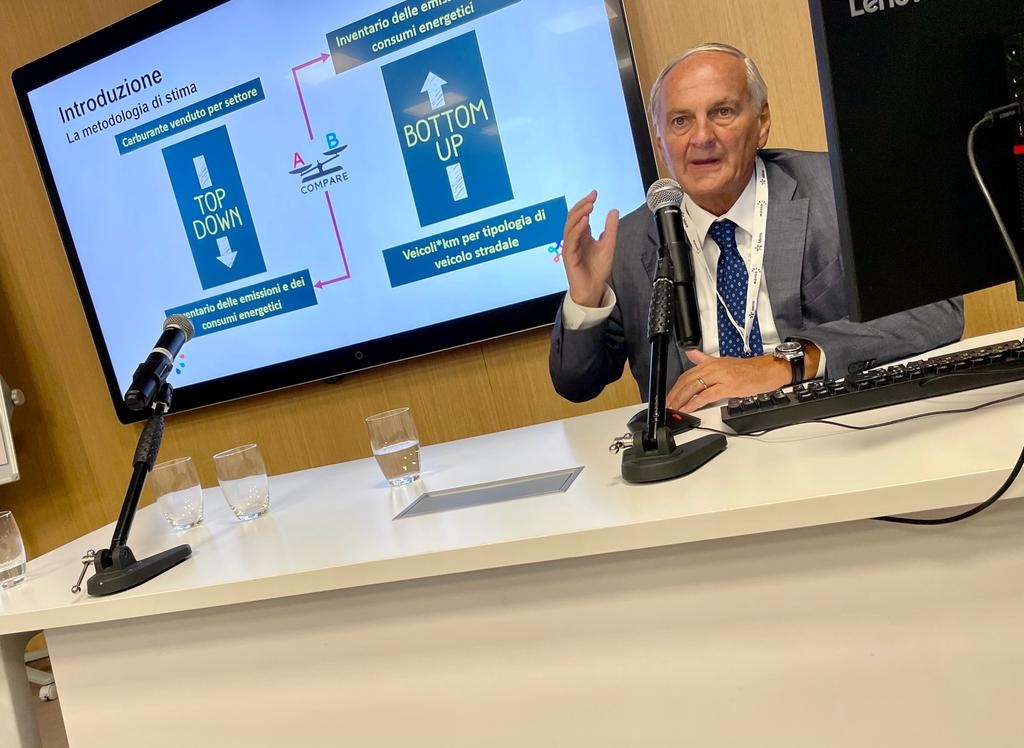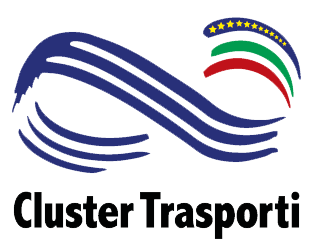The contribution of Cluster Trasporti to the preparation of the Strategic Document for MIMS mobility

Published 23 October 2022
Outline the key elements of the mobility, transport and logistics systems in the short/ medium term, having as a reference the sustainable development of the country and reconciling the objectives of economic growth with environmental and social sustainability: these are the final steps for the development of the new strategic document for sustainable mobility and logistics, that was shared during a meeting with the stakeholders at the Luiss University in the presence of the Minister of Sustainable Infrastructures and Mobility, Enrico Giovannini.
A document that is the result of the need for our country to return to medium-long term planning as it has not happened for twenty years – underlined the Minister – but with the awareness of having to be able to adapt if necessary to scenarios that they can change rapidly. A dynamic, flexible tool, able to trace the state of the art but that at the same time projects itself into the future as much as possible, providing for continuous updates. A work that is the result of an approach aiming to maintain complexities, bequeathed to the new government and to the country as the concretization of an idea of the future from which it is no longer possible to go back on an international level in the objectives of the Green Deal European Union and the UN 2030 Agenda.
Transport is a key factor for the development of the country and it is essential that this development is sustainable, both from an environmental and social point of view – underlined Salvatore Rossi, coordinator of the work for the drafting of the Document -. To grow, a country needs many factors that favor production processes and among these a leading role is represented by the ability to easily move people and goods in the physical space. To support its development and fill the gap compared to other OECD countries – where in the last 25 years the GDP per inhabitant has grown on average by about 7 times more than in our country – Italy needs modern infrastructures managed with agile and certain rules.
The contribution of Cluster Trasporti to the development of the mobility and logistics framework in Italy
At the base of the scenario on the state of mobility and transport in our country outlined in the Mims Strategic Document are the preliminary data processed by Cluster Trasporti as part of the PATHs to 2030 study, obtained by crossing a large amount of information collected by institutions and operators mobility and transport in our country (among others, Mims, Ispra, Isfort, Istat, Aiscat, Anas, Aspi, Aci).
The data have returned a systematic and largely unprecedented, unexpected picture of mobility and logistics in our country, as explained by Ennio Cascetta, President of Cluster Trasporti and also of the Scientific Committee for the drafting of the document.
There are 38,000 Italians who travel at least 50 km every day. Each Italian travels an average of 12,000 km a year. And above all, we move to peri-urban areas, at low intensity, for work or for study or in search of services not available nearby, we move above all by private means. Only an average of 5% of Italians travel by public transport: 7% in the north, just 3% in the south. In Italy for every 1000 inhabitants we register 670 cars; in France there are 480. Surely our country is suffering from a delay in investments in this sector, which determines lower efficiency and serious shortcomings.
From a freight point of view, 90 billion vehicles / km travel by road every year. Freight transport is physiologically linked to the road in Italy, which has built its industrial development close to the motorway network. A hard mobility to abate, because for the most part it involves short routes, under 200 km, therefore difficult to hijack by rail.
Road transport is responsible for 92% of emissions in our country. In total we are talking about 108 million tons of CO2, produced for 63% by cars and 37% by goods, a figure however destined to increase because the fleet of goods transport is subject to a slower renewal than cars. In the PATHs to 2030 study, Cluster trasporti traced two possible scenarios for achieving the decarbonization objectives set out in the European Fir for 55 Directive, conditioned by the large number of variants that give rise to profound uncertainty (GDP trend, automotive industry, replacement speed of the vehicle fleet).
According to the optimistic scenario, which includes huge investment policies, a significant renewal of the fleet, etc., the reduction in emissions would be 33%; in the case of a prudential scenario, therefore imagining a series of negative variables, the reduction obtained would be 11%. Certainly – underlined Cascetta – these are both possible scenarios, which will affect the policies implemented and any further measures or technological improvements such as the spread of Mobility as a Service and Freight as a Service, for the optimization of flow management of passengers and freight loads and to avoid empty journeys of the vehicles. Alternatively, we can imagine an incentive policy that favors the renewal of the circulating car fleet aiming to a reduction in size, which also means lower consumption and lower emissions.


